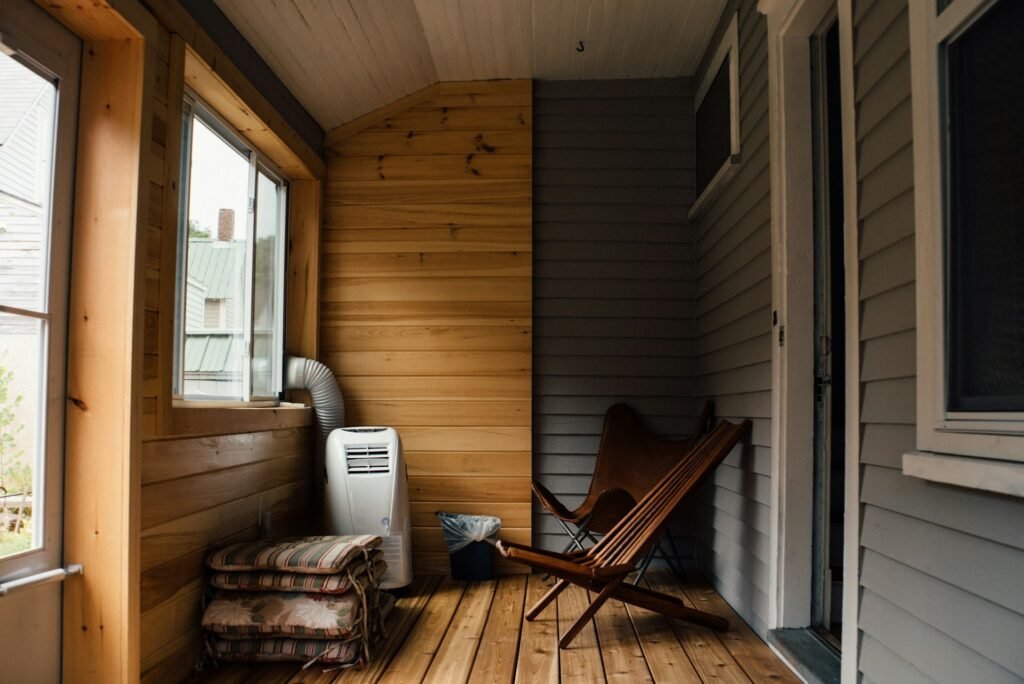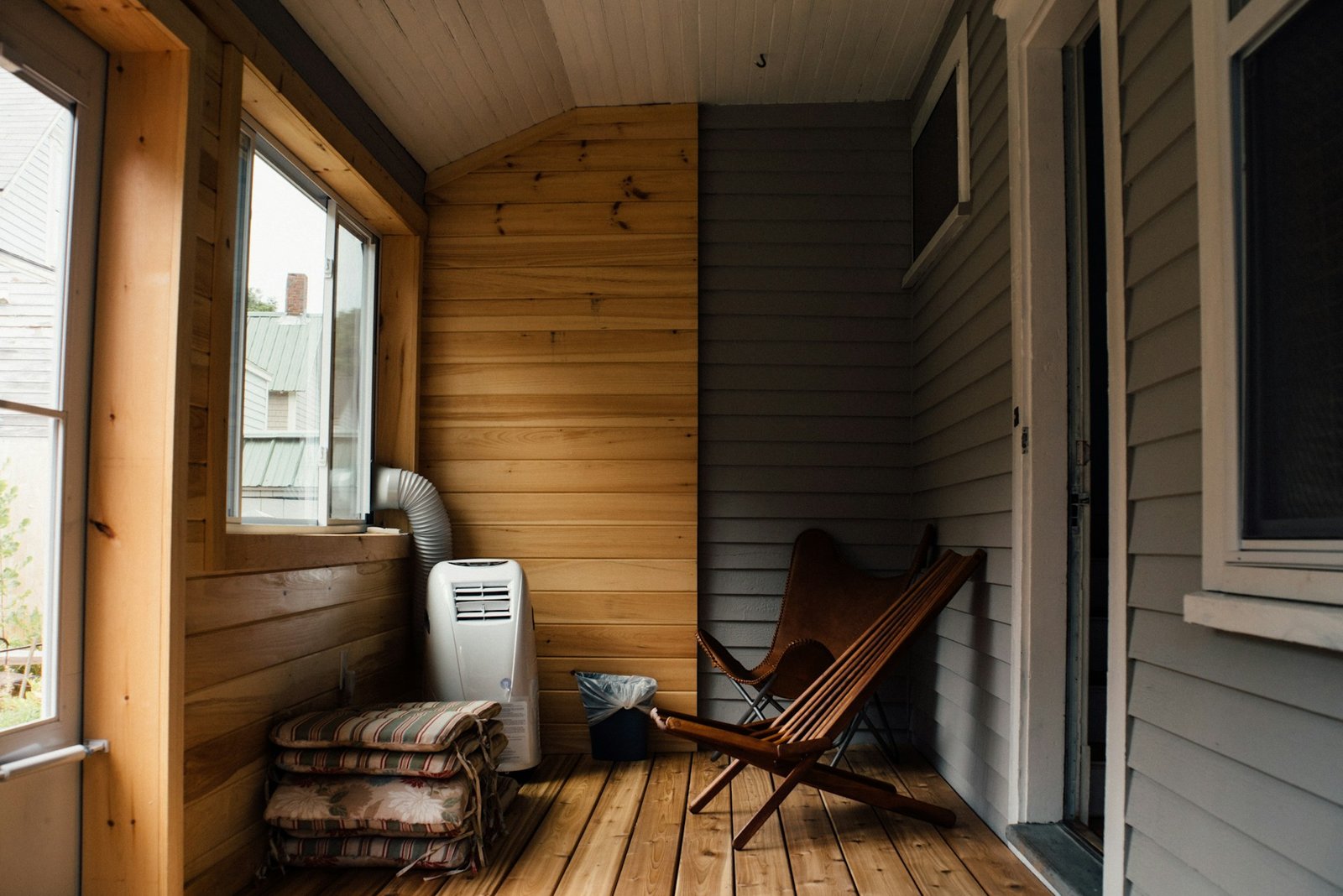Creating a personal sanctuary is about far more than arranging a few comfortable chairs or lighting some candles. It is about designing a living environment that nurtures both physical health and emotional well-being. In a world filled with constant demands, overstimulation, and limited downtime, the home should serve as a true retreat, a place where one can recharge and reconnect with inner balance.
A carefully cultivated sanctuary can promote relaxation, reduce stress, and support overall vitality, offering an escape that heals both body and mind.
The Shelter Above: Building a Strong and Harmonious Roof
The roof is often overlooked when considering the creation of a sanctuary, yet it is one of the most critical components of a supportive living space. A well-maintained roof provides security, insulation, and peace of mind, ensuring that the home remains a safe refuge regardless of external conditions.
Choosing reliable materials and craftsmanship ensures durability, while design choices can influence natural light, airflow, and energy efficiency. Consulting with a trusted roofing company can help homeowners find solutions that not only protect but also enhance the home environment. A sturdy, thoughtfully designed roof sets the foundation for all other sanctuary-building efforts, ensuring comfort and continuity in the pursuit of well-being.

The Role of Natural Light and Airflow
Natural light plays a profound role in regulating mood, circadian rhythms, and energy levels. Exposure to daylight triggers the release of serotonin, supporting alertness and positive mood during the day, while signaling to the body when it is time to wind down as the sun sets. Large windows, skylights, and reflective surfaces can amplify daylight within the home, brightening rooms and fostering an uplifting atmosphere.
Equally important is airflow. Fresh air circulation reduces indoor pollutants and supports respiratory health. Incorporating operable windows, ventilation systems, or air-purifying plants can maintain clean air. This balance between light and air not only creates physical comfort but also contributes to a sense of renewal and openness, reinforcing the sanctuary’s restorative qualities.
The Power of Calming Colors
Color psychology demonstrates how visual surroundings influence emotions and behavior. Soft, neutral tones such as beige, cream, and light gray create a grounding atmosphere, while hues of blue and green promote tranquility and connection with nature. Warm earth tones like terracotta and muted brown can instill stability and security.
When selecting colors, balance is essential. Overly bright shades may cause overstimulation, while excessively dark tones can feel heavy. Thoughtful combinations, accented by natural textures like wood and stone, result in spaces that soothe the senses and support relaxation.
Furniture that Supports Comfort and Posture
Furniture plays both a physical and psychological role in sanctuary creation. Ergonomically designed chairs and supportive sofas prevent tension in the spine, neck, and shoulders, making relaxation truly restorative rather than physically draining. A well-selected mattress and supportive bedding can drastically improve sleep quality, which in turn influences mood, energy, and cognitive clarity.
Beyond ergonomics, arrangement matters. Furniture placement should allow for easy movement, openness, and flow. Cluttered or cramped layouts can create subconscious stress, while balanced arrangements cultivate ease.
Soundscapes for Tranquility
Sound is an often-underestimated element of well-being within the home. Persistent noise pollution can elevate stress hormones and disrupt rest, while harmonious soundscapes can calm and center the mind.
Strategies to improve acoustic quality include thick curtains, rugs, and wall panels to absorb external noise. For intentional sound design, natural tones such as flowing water, rustling leaves, or gentle wind chimes can foster serenity. Curated music, meditation tracks, or even deliberate silence can transform ordinary spaces into tranquil retreats. By shaping the auditory atmosphere, one reinforces the sanctuary’s purpose as a haven of calm.
Nature as a Restorative Element
Bringing elements of nature indoors has proven restorative effects on mental health. Plants not only purify air but also provide visual relief, introducing organic forms and colors that soften interior environments. The presence of greenery lowers stress levels, enhances creativity, and promotes a sense of vitality.
Natural materials such as wood, bamboo, stone, and linen add grounding textures, connecting inhabitants with the earth even in enclosed spaces. Water features, whether a tabletop fountain or a small indoor pool, further deepen the sensory connection to nature, reinforcing feelings of harmony and balance. Integrating these natural elements ensures the sanctuary supports both mental clarity and physical restoration.
Scent and Atmosphere
The olfactory system has direct links to emotional regulation and memory. A carefully curated aromatic environment can transform a room instantly. Scents such as lavender, chamomile, and sandalwood are renowned for their calming effects, while citrus aromas invigorate and uplift.
Methods such as essential oil diffusers, naturally scented candles, or fresh herbs can establish a signature scent profile for the sanctuary. This olfactory consistency reinforces comfort and familiarity, helping the mind associate the space with relaxation and renewal. The right fragrance can be the invisible thread that ties the entire sanctuary experience together.
Minimalism and Decluttering
Clutter overwhelms the senses, disrupts focus, and contributes to anxiety. By contrast, a minimalist approach emphasizes quality over quantity, ensuring that every object in the home has purpose and value.
Decluttering is not about sterile emptiness but about intentionality. Items that no longer serve practical or emotional functions can be released, leaving behind space for breathing and clarity. Organized storage solutions, concealed compartments, and simplified décor support an uncluttered look. A sanctuary should never feel crowded; it should feel liberating.
Nourishment for the Body
A true sanctuary also supports the body through nutrition. Designing a kitchen space that encourages wholesome eating fosters physical vitality. Stocking pantries with fresh produce, whole grains, and nourishing staples makes healthy choices convenient.
Beyond food itself, the act of preparing meals mindfully becomes part of the sanctuary experience. Cooking in a well-organized, welcoming kitchen transforms daily sustenance into a ritual of care. A home that promotes mindful nourishment reinforces the harmony between body and environment.
Closing Reflections
A personal sanctuary is not a luxury but a necessity in today’s overstimulated world. It is the deliberate crafting of an environment that shelters the body, soothes the mind, and uplifts the spirit. Every choice—from the roof overhead to the scent in the air—becomes a building block in creating a home that restores balance.
By aligning design with wellness principles, the home transforms into more than just a physical dwelling. It becomes a partner in resilience, grounding its inhabitants and offering them the strength to engage with the outside world fully recharged. A sanctuary is the foundation upon which health, peace, and purpose are cultivated—one mindful element at a time.
Image source









